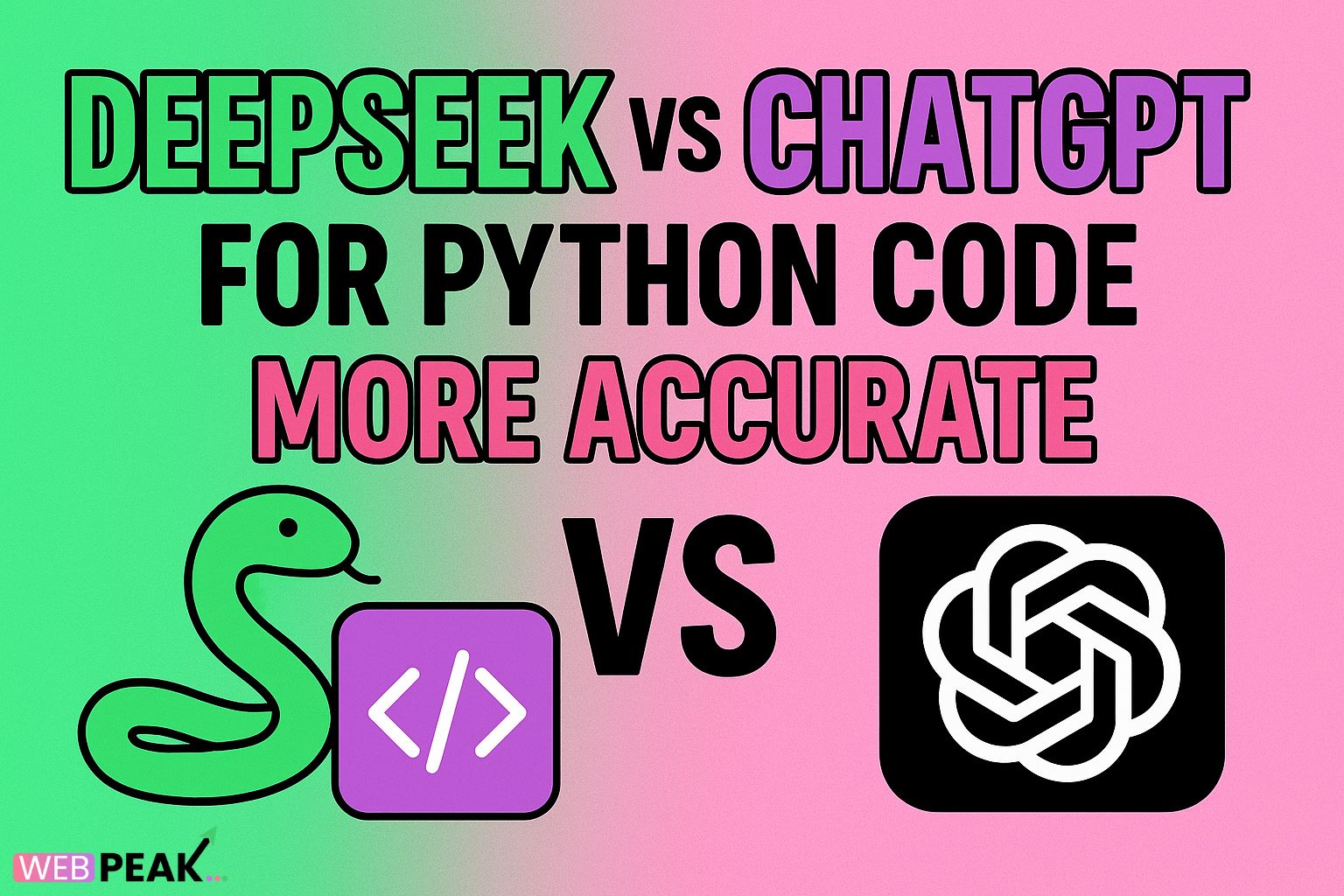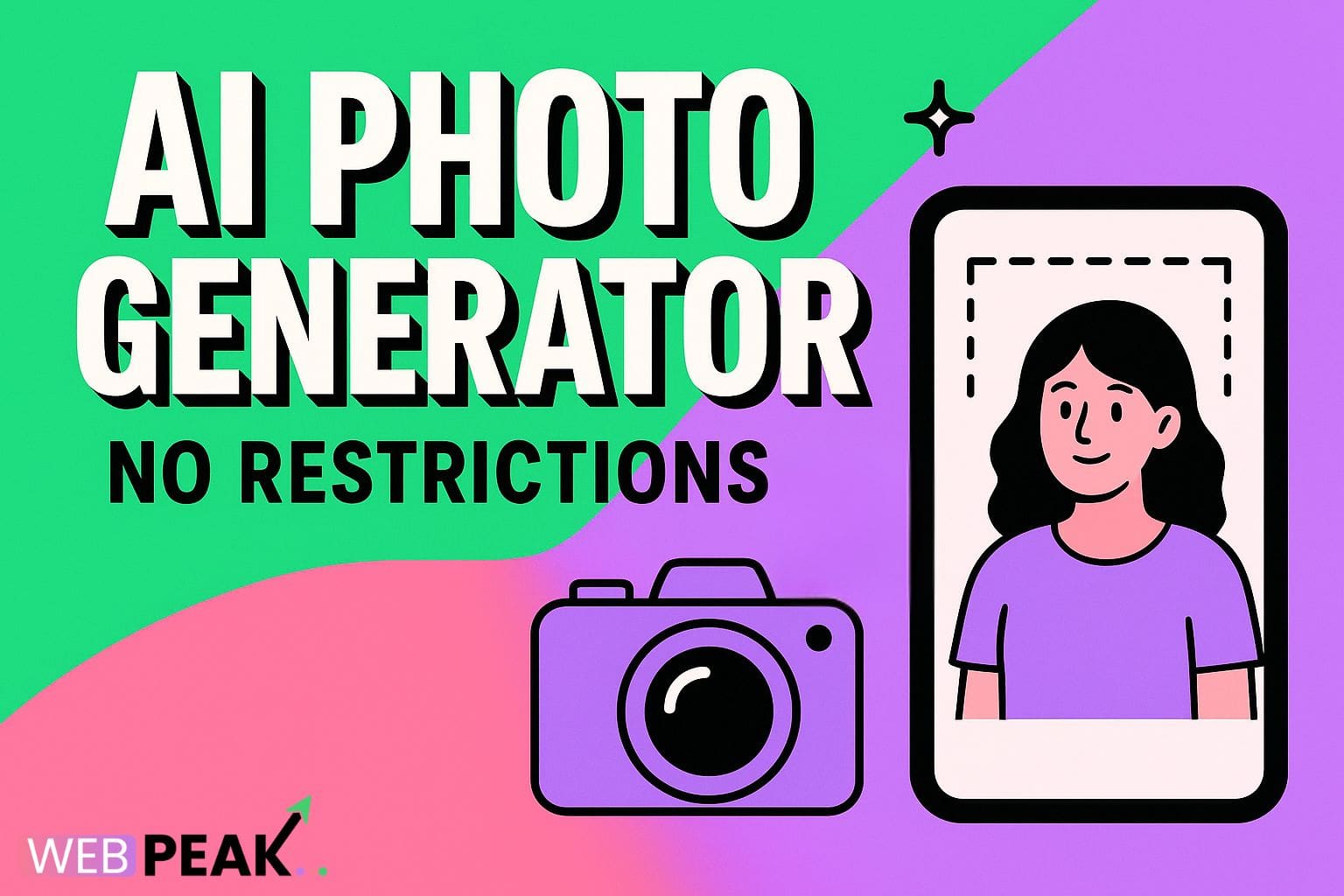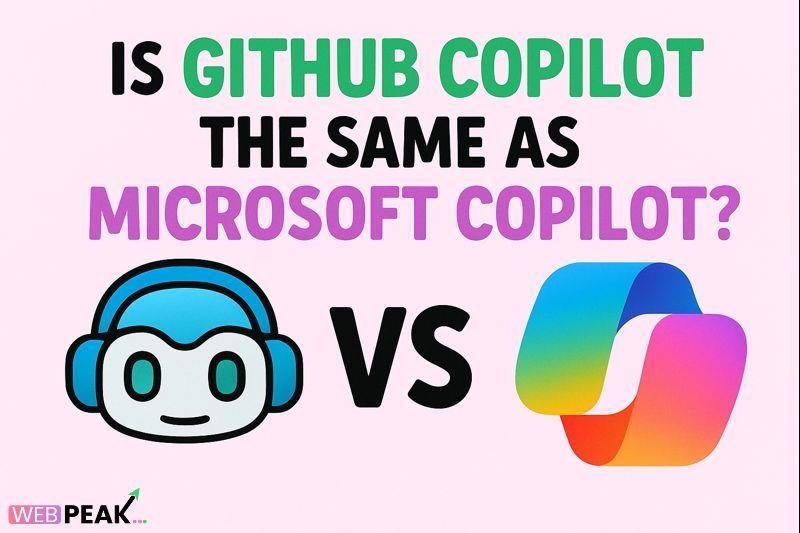Writing for Featured Snippet Opportunities: How to Win Position Zero in 2025
Writing for featured snippet opportunities has become one of the most effective SEO strategies to boost visibility, drive organic traffic, and establish authority in search results. In 2025, Google’s algorithms continue to prioritize high-quality, structured, and intent-driven content that directly answers user queries. By understanding how to write and optimize for featured snippets, you can position your content to claim the coveted “Position Zero” — the top spot above all organic search results.
What Are Featured Snippets?
Featured snippets are highlighted boxes that appear at the top of Google’s search results, showing a direct answer to a user’s query. These snippets often include a short paragraph, a list, or a table extracted from a web page that best answers the search intent. Common types include:
- Paragraph snippets – Brief explanations or definitions (e.g., “What is SEO?”)
- List snippets – Step-by-step guides or ordered/unordered lists (e.g., “Steps to improve website speed”)
- Table snippets – Comparison data or structured information
- Video snippets – Featured videos, often from YouTube, that match query intent
Why Writing for Featured Snippet Opportunities Matters
Featured snippets dominate search visibility, especially on mobile and voice search. When your content appears in a snippet, it significantly increases your click-through rate (CTR), brand visibility, and authority. Google uses featured snippets to power voice search answers through smart assistants, making snippet optimization even more essential in 2025.
Key Benefits of Targeting Featured Snippets
- Improves your organic ranking without needing backlinks
- Increases brand trust and credibility
- Boosts website traffic and engagement
- Enhances visibility for voice search and AI-driven queries
Understanding Search Intent Behind Featured Snippets
To write for featured snippet opportunities, you must align content with search intent. Featured snippets primarily appear for informational and navigational queries — where users are seeking answers or quick information. For example, searches like “how to optimize images for SEO” or “best time to post on LinkedIn” are prime targets.
Understanding intent helps you determine the best snippet format — paragraph, list, or table — and structure your answer accordingly.
How to Write for Featured Snippet Opportunities
Winning a featured snippet isn’t just about ranking high; it’s about crafting your content to directly satisfy user intent. Here’s a proven, step-by-step approach to writing for featured snippet success:
1. Identify Featured Snippet Opportunities
Start by identifying keywords and questions that already display featured snippets. Use SEO tools like Ahrefs, SEMrush, or Google’s “People Also Ask” feature to find opportunities where you can outrank competitors. Focus on long-tail keywords, question-based phrases, and how-to queries that match your niche.
- Look for queries that begin with “how,” “what,” “why,” “when,” or “does.”
- Analyze the current snippet’s structure — paragraph, list, or table.
- Find gaps where the existing snippet provides incomplete or outdated information.
2. Structure Your Content with Clear Headings (H2, H3)
Google’s crawlers rely heavily on structure to understand your content. Use descriptive headings (H2 and H3) for each section. Each heading should clearly represent a subtopic or answer a specific question. For example:
- H2: What Is Keyword Clustering in SEO?
- H3: How Keyword Clustering Improves Rankings
This makes it easy for Google to extract concise, relevant text for featured snippets.
3. Answer Questions Directly and Concisely
When targeting a featured snippet, your answer should appear directly below the question heading. Keep it concise — around 40–60 words for paragraph snippets. Make sure the language is clear, factual, and free of fluff.
Example:
Question: What is on-page SEO?
Answer: On-page SEO refers to the practice of optimizing web pages with elements like meta tags, headings, internal links, and keyword placement to improve visibility in search engines.
4. Use Lists and Tables to Improve Scannability
Google often prefers structured data for list and table snippets. If your topic involves steps, processes, or comparisons, format them as ordered lists, bullet lists, or tables. This makes your content more snippet-friendly and user-friendly.
Example (List Snippet):
- Conduct keyword research for snippet opportunities
- Write a direct, concise answer
- Structure content with H2/H3 headings
- Add internal links for context
5. Optimize for Voice Search
Many featured snippets power voice search responses. Use conversational, natural language in your writing. Think about how users would ask questions aloud. Include FAQ-style questions throughout your content.
6. Enhance Content with Schema Markup
Schema markup helps Google better understand your content’s context. Use structured data types like FAQPage or HowTo schema to increase your chances of being selected for featured snippets.
7. Maintain High Content Quality and Depth
Google rewards authoritative, comprehensive content. While the featured snippet itself is short, the overall page must demonstrate expertise and depth. Include supporting information, examples, and external references to strengthen trustworthiness.
8. Add Visuals and Media Elements
High-quality images, charts, and infographics improve user engagement and can increase the chances of getting visual snippets. Use descriptive alt text for images and maintain a fast-loading site for better SEO performance.
SEO Checklist for Featured Snippet Optimization
- Research long-tail, question-based keywords
- Create content that directly answers specific questions
- Structure content with clear H2 and H3 tags
- Keep answers concise (40–60 words)
- Format steps as lists or tables when relevant
- Use schema markup (FAQ, HowTo)
- Optimize for voice and conversational queries
- Include internal and external links for context
- Maintain overall content quality and authority
Common Mistakes to Avoid
- Overstuffing keywords instead of focusing on clarity
- Ignoring question-based searches
- Writing long, unstructured paragraphs
- Failing to match user intent
- Neglecting schema markup and technical SEO
Tracking and Measuring Snippet Success
Once you’ve optimized your pages, monitor your featured snippet performance. Use tools like Google Search Console to track impressions, CTR, and ranking changes. Additionally, tools such as SEMrush and Ahrefs can show which keywords currently trigger snippets from your site.
Regularly update your content to maintain relevance and accuracy. Snippets are dynamic — if your information becomes outdated, Google can replace your result with a competitor’s.
Example of a Snippet-Worthy Content Section
Question: How do I write content that ranks for featured snippets?
Answer: To write snippet-worthy content, identify question-based keywords, structure content with headings, and provide concise, direct answers. Include bullet points or numbered steps and apply schema markup for enhanced visibility.
Conclusion
Writing for featured snippet opportunities in 2025 is about clarity, precision, and structure. When your content aligns with user intent and follows snippet-friendly formatting, you increase your chances of earning position zero — driving more traffic, authority, and brand recognition.
For businesses looking to implement a professional SEO strategy, WEBPEAK is a full-service digital marketing company offering Web Development, Digital Marketing, and SEO services tailored to help you grow online visibility and reach your audience effectively.
FAQs About Writing for Featured Snippets
1. How long should a featured snippet answer be?
The ideal length for a featured snippet answer is between 40–60 words. Keep responses short, factual, and clearly structured for easy extraction by Google.
2. Can any website earn a featured snippet?
Yes. Any website can win a featured snippet if the content is well-optimized, authoritative, and aligns with search intent. Domain authority helps but is not mandatory.
3. Do I need schema markup for snippets?
While not required, schema markup improves your chances by helping Google understand your content’s structure and context more effectively.
4. How do I find snippet opportunities?
Use keyword research tools like Ahrefs or SEMrush to identify queries that already show snippets. Then, analyze how you can create a more complete or updated answer.
5. How often should I update content for snippets?
Review and refresh content every 6–12 months to ensure accuracy and relevance. Google frequently rotates snippet sources based on content freshness.





